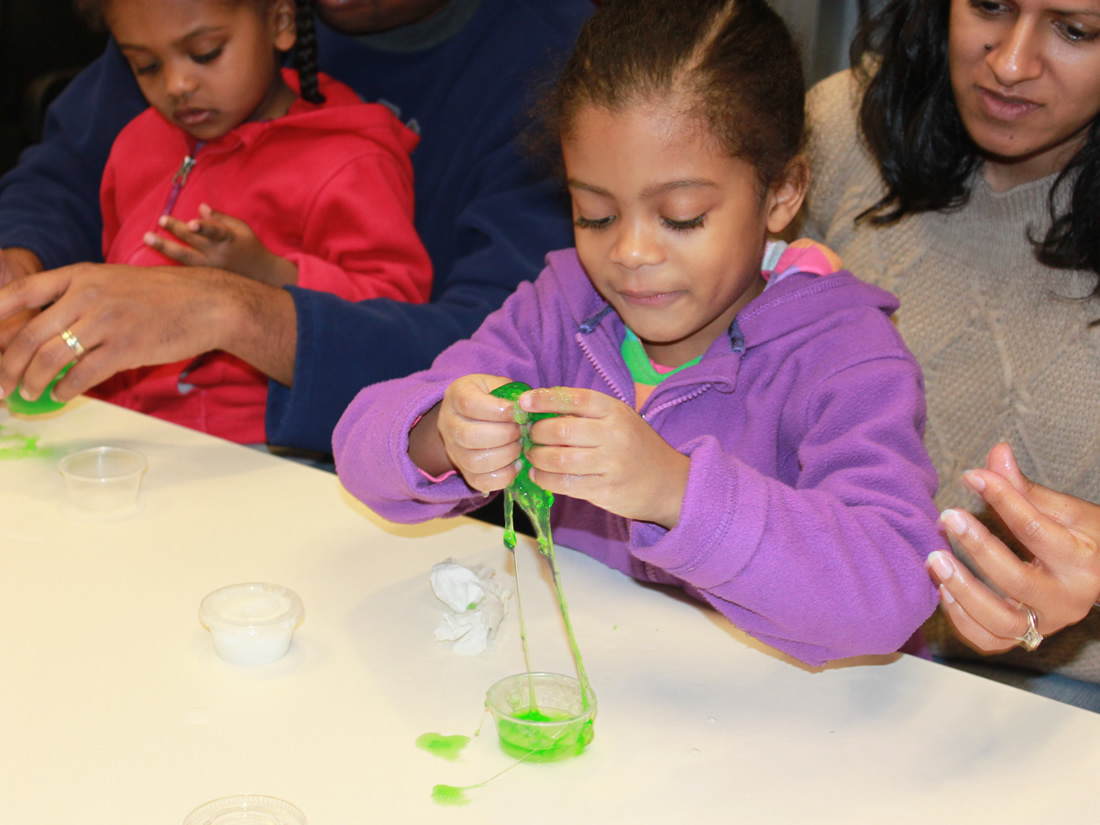
20 Aug Learn About UN-mixing Colors
Did you know that you can UN-mix colors? No. Well, step right up and explore the fascinating world of chromatography!
Here’s What You Need
- Washable Colored Markers
- Water
- White Coffee Filter
- Eye Dropper or Pipette
Here’s What You Do
Open the coffee filter and lay it flat in front of you. Select a marker and use it to make large dots and lines on the filter paper. Select another marker and do the same thing. However, make sure you do not allow the colors to touch each other. Fill your eye dropper or pipette with water and drip a few drops of water in the center of the coffee filter. As the water is absorbed into the coffee filter, it should move from the center of the filter to the edges. What happens when the water reaches the colors you drew on the filter? Do you notice any new colors? Try the experiment again. What happens when you use different types of markers? What happens when you use more water? Less water?
The Science Behind Colors
The ink in washable markers is made of water and colored pigments. When you draw on the coffee filter, the water in the ink carries the colored pigment onto the filter. Eventually, the water evaporates and the color remains on the paper.
When you dropped water on the paper, the dry colored pigment began to dissolve back into the water. As the water moved through the filter, it carried the color along with it. However, some colors travel farther and faster than others. The distance each color travels depends on the size o of the pigment molecule and how strongly it is attracted to the filter. As a result, the colors spread. What may look like black when you draw with it on the filter is actually a mix of many different colors.
This technique for UN-mixing colors is called chromatography. The name comes from the Greek words chroma meaning color and graph meaning to write. Put them together and you get chromatography or color writing. Russian botanist, Mikhail Tsvet, first developed the technique in 1910 in order to study the colors that made up plant dyes. Today, scientists use the technique to figure out everything from the individual ingredients of certain fruit flavors to the components of pollutants in the air.
Wondershop Fast Fact
Why is black ink made of so many colors?
When you look at a color on a piece of paper, you are actually seeing light. Light is a type of energy that our eyes can see. Colors on a page will either reflect (bounce back) or absorb (suck up) certain types of light. Blue ink appears blue because it reflects the blue light and absorbs all the other colors. Green ink looks green because it reflects green light and absorbs all the other colors. When you mix green, red, blue, and yellow ink, each ink that you add absorbs more light. That leaves less light to reflect to your eye. Since the mixture absorbs light of many colors and reflects very little, you end up with black.

